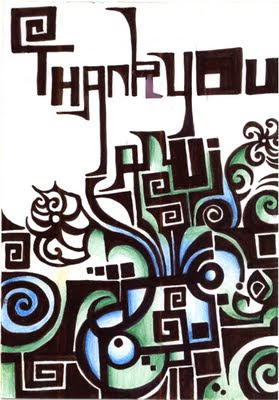18 minutes agoAnuj Daga
poetic modernism
how does that sound?
really?
he told me he met hejduk
18 minutes agoFriend
actually all the modernists had a poetic edge about them
18 minutes agoAnuj Daga
ummm
explain
17 minutes agoFriend
like I guess the poetic thing you are getting in the forms...but if you see drawings of these people...they were poetic when they drew
guess you'll have put yourself in their shoe
17 minutes agoAnuj Daga
someone told me that modernism wasnt about form at all
16 minutes agoFriend
well it was a response...to past
lets say modernist shed all the symbolic facades
15 minutes agoAnuj Daga
what kind of response?
15 minutes agoFriend
but then while sheding they adopted a symbol
if you'll see hejduk's drawings you'll find very strong shapes
13 minutes agoAnuj Daga
true
but he also made very free flowing shapes
his wall house?
remember?
12 minutes agoFriend
yea...but you see best way to study modernism would be to study flw...who simply rubbished international architecture lead corbu n all
but if you see flw also never adopted ornamentation
11 minutes agoAnuj Daga
interesting
didnt he?
i think he did
11 minutes agoFriend
and while going through all the works of his from past...they were forms volume...one leading to other
11 minutes agoFriend
and mies adopted from flw
11 minutes agoAnuj Daga
flw probably influenced every one who followed him
heheh
but how did mies adopt flw?
9 minutes agoFriend
I'll have to find a peace where adolf loos, flw are mentioned with mies
Mies anyway left germany to work in USA
piece
9 minutes agoAnuj Daga
aha
9 minutes agoFriend
where FLW worked
you'll see a video of flw roaming in a cart with a journalist rubbishing a mies building
7 minutes agoAnuj Daga
hahaha
where is this
i want to see
7 minutes agoFriend
its a complete series of movie made on flw
like they make on architect
the independent walls ceilings of mies was influenced by flw
4 minutes agoFriend
After 1923, Mies's style shifted, and he came heavily under the influence of Dutch neo-plasticism and Russian suprematism. The former influence, along with the work of Frank Lloyd Wright, drove Mies to experiment with independent walls and ceilings arranged in an open, pin-wheeling manner. The latter influence drove Mies to consider the reduction and abstraction of these elements into dynamic and contrapuntal compositions of pure shapes in space. Mies was enthralled with the free-flowing spaces of inter-connected rooms which encompass their outdoor surroundings as demonstrated by the open floor plans of the American Prairie Style work of Frank Lloyd Wright. These experiments culminated in one of Mies van der Rohe's most significant works, the German Pavilion built for the Barcelona World Exposition in 1929.
about a minute agoAnuj Daga
that was crisp summary
more...please...






